You might be forgiven for thinking 2021 was going to mark a return to normal after the barely controlled chaos of 2020. Instead, the year zigged and zagged: From good news to bad news, optimism to despair. Plus cicadas? Here’s a look back.
COVID, crime and cicadas: A look back at some of the most notable DC-area news stories of 2021
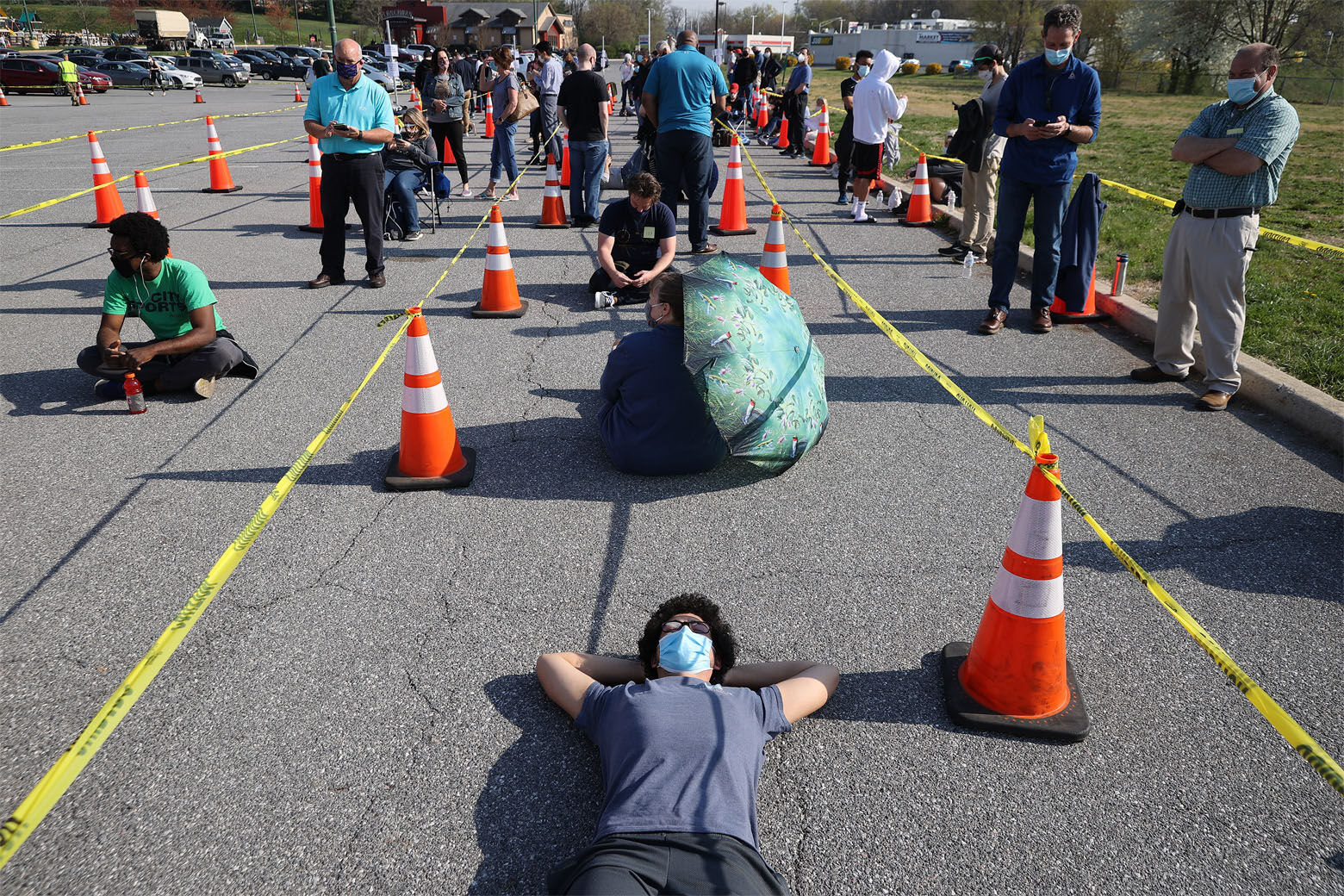 1/10
1/10
COVID déjà vu
2021 — the second year of the coronavirus pandemic — began with optimism. Widespread vaccinations instilled a cautious hope that the long COVID-19 nightmare might finally be ending.
There were promising pictures of elders getting vaccinated and nursing homes reopening to visitors and families for the first time in a year.
As eligibility for the vaccines quickly expanded, in various phases and stages, there were some bumps in the road. Huge demand for the shots led to a mad scramble for vaccine appointments likened to the “Hunger Games,” the dystopian novel series. Self-proclaimed “vaccine hunters” scoured websites and online sign-ups to snag hard-to-come-by appointments for less digitally savvy family members, friends or even complete strangers.
Still, people rolled their sleeves up by the thousands across the D.C. area: Large-scale mass vaccination sites sprung up at Metro stations, college campuses, fairgrounds, stadiums and amusement parks.
At the end of May, the U.S. Centers for Disease Control and Prevention announced a major change to coronavirus recommendations: Fully vaccinated people were advised they could drop the masks and skip social distancing — two of the most visible signs of the response to the pandemic.
But the long-hoped-for “hot vax summer” seemed to fizzle when the delta variant, a new strain of the virus, reared its head in late summer, prompting D.C. and several Maryland counties to bring back indoor mask mandates they had jettisoned earlier.
Another potential setback appeared on the horizon around Thanksgiving, with the emergency of the omicron variant, first detected in South Africa and believed to be rapidly spreading around the globe. Maryland reported its first three cases of the omicron variant in early December in the Baltimore area. Virginia and D.C. soon followed suit.
Amid a steep rise in COVID-19 cases and hospitalizations, including disruptive outbreaks in some schools, some events were canceled and some schools pivoted back to virtual instruction.
Vaccination overwhelmingly reduces the risk of serious illness, hospitalization and death, and D.C.-area officials greeted the arrival of both variants with more urgent calls for people to get vaccinated — and for millions of already-vaccinated Americans to get booster doses.
In other words, 2021 is ending much the way it began: A fair amount of concern, at least some hope the future brings better tidings — and a lot of people rolling up their sleeves to get shots.
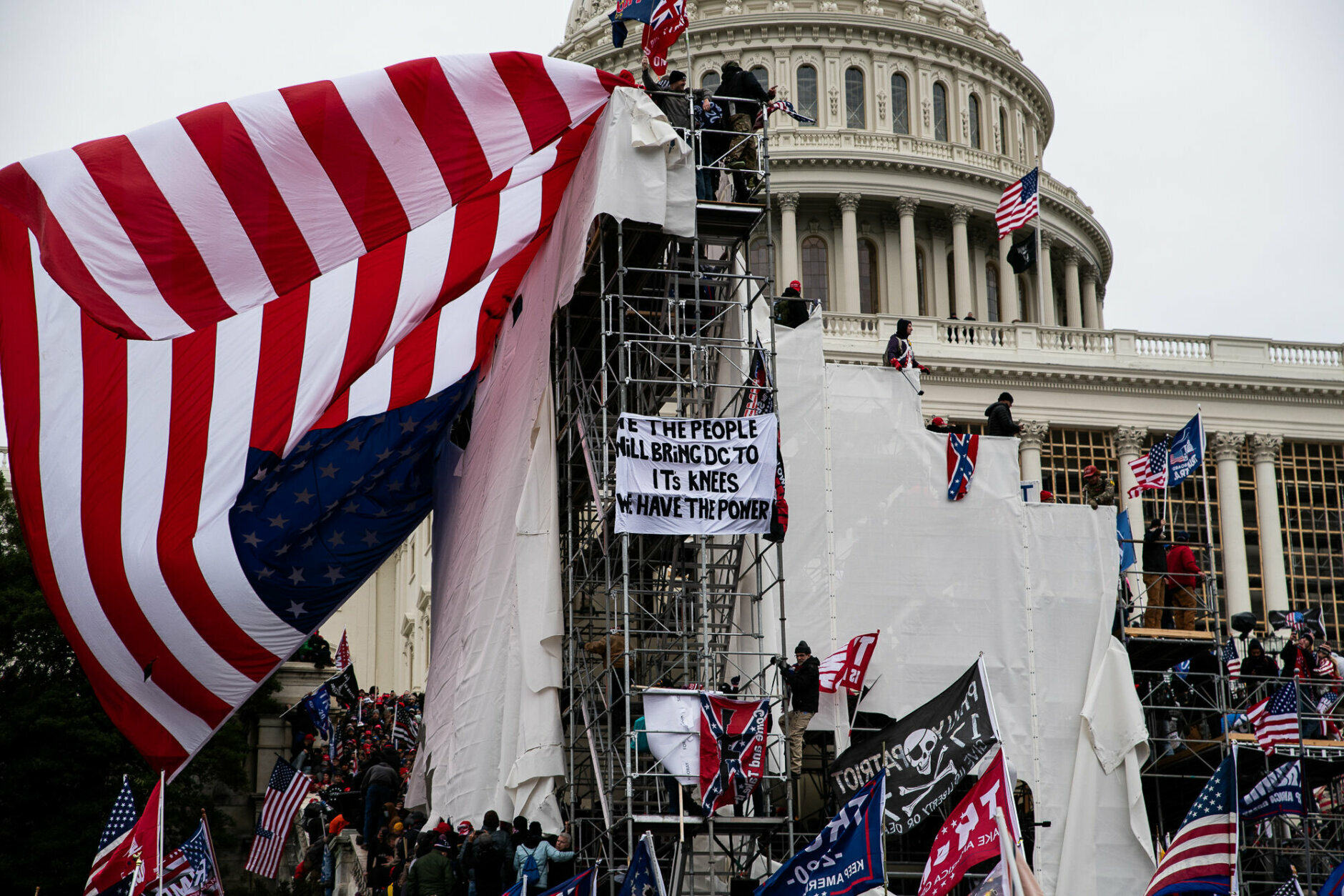 2/10
2/10
Insurrection
It was the day lawmakers gathered at the Capitol to certify the results of the 2020 election, usually a fairly arcane procedural step in the American electoral system mainly watched by CSPAN junkies.
This year, there was an insurrection that threatened the core institutions of our government.
In the weeks after his 2020 election loss, there were a series of rowdy gatherings in D.C. by supporters of then-President Donald Trump, including one in which a church’s Black Lives Matter was torn down and burned in the street. On Jan. 6, supporters of the president gathered in D.C. for a speech by Trump, then flocked to the Capitol grounds. There they broke through windows and doors, violently clashed with U.S. Capitol Police and D.C. police officers and sent lawmakers, and Vice President Mike Pence, running for cover.
Read WTOP’s original report from that day
By the end of the day, thousands of National Guard troops were patrolling the Capitol grounds, and D.C. Mayor Muriel Bowser had declared a public emergency and a citywide curfew, ordering people to stay off the streets.
Four rallygoers died in the melee. Some 150 police officers were injured; Capitol Police Officer Brian Sicknick died several hours later after suffering two strokes. Four other officers died by suicide in the days and months afterward.
To this day there remain unanswered questions about the official response to the violence by the U.S. Capitol Police, the Defense Department and the Trump administration. Meanwhile, the prosecution of Capitol rioters ground on throughout the year and a House committee zeroed in on key Trump White House players’ role in the riot.
In response to the violence, massive fencing went up around the Capitol, turning nearby neighborhoods into something akin to a fortress and making the citadel of democracy, according to one Capitol Hill elementary school student, like a prison.
Some suggested permanent fencing around the Capitol. But D.C. Del. Eleanor Holmes Norton fought the move to wall off the People’s House.
“We need to put that terrible day behind us,” Norton said. “You can’t do it as long as this fencing is up to remind people that they can’t get into the Capitol.”
The Jan. 6 riot also thrust calls for statehood for the District back into the national conversation.
Bowser testified at a closely watched U.S. Senate committee hearing on D.C. statehood — only the second Senate hearing ever on the matter — to press the case for D.C. as the 51st state.
But progress remained elusive. While governors in other states control their own National Guards, the president controls D.C’s National Guard. A provision to hand over control of the Guard to the D.C. mayor, also championed by Norton, passed the House earlier this year — the first time either chamber of Congress had ever done so. But in the end, the measure was stripped out in later versions of the bill.
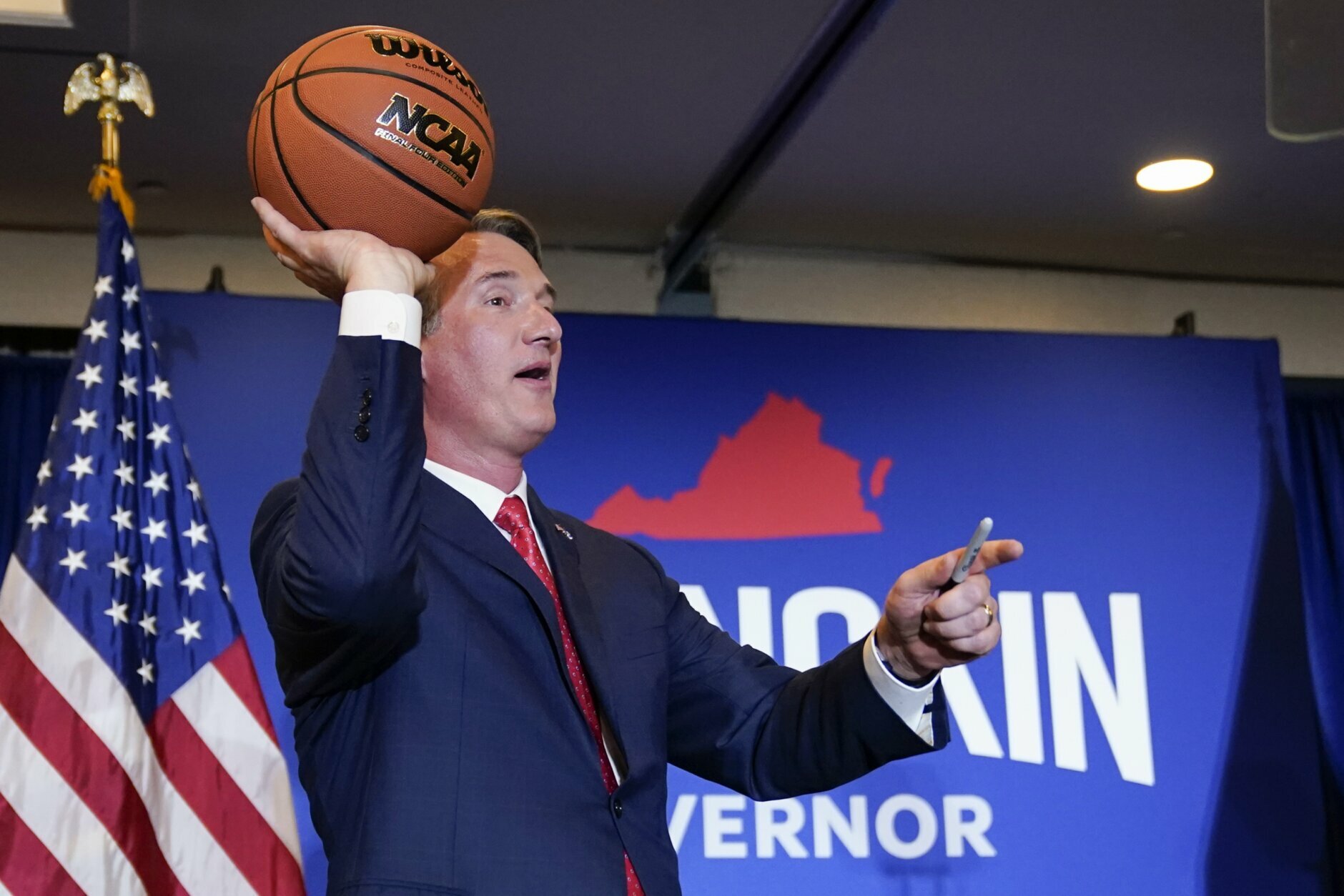 3/10
3/10
GOP sweep
Come January, there will be a Republican in the Virginia governor’s mansion for the first time in nearly a decade.
Virginia has shifted blue in presidential elections, but Glenn Youngkin’s November victory — plus the GOP sweep of other statewide offices and the retaking of the House of Delegates — was a reminder the commonwealth mostly sticks to its pattern of electing the out party the year after.
Youngkin, the former CEO of the Carlyle Group investment firm, was credited with running a savvy campaign that attracted both supporters of former President Donald Trump as well as more moderate voters who had abandoned the GOP with Trump as its standard-bearer.
Youngkin made education a theme during the campaign, spotlighting culture war fights over how schools teach race and other topics — one of his slogans was “Parents matter.”
The Republican victories down-ticket were history-making in other ways.
In addition to newcomer Youngkin’s victory over former Democratic Gov. Terry McAuliffe, Winsome Sears defeated Democrat Hala Ayala for lieutenant governor, becoming the first woman and first Black woman elected to statewide office in Virginia.
Republican Jason Miyares defeated Democratic incumbent Mark Herring, becoming the first Latino elected to statewide office in Virginia.
In the General Assembly, Republicans toppled just enough Democrats to retake control of the House — two years after Dems won unified control in Richmond and pushed forward on a series of major moves, including gun safety measures, legalizing marijuana, ending the death penalty and expanding Medicaid.
Democrats maintain their hold on the state Senate, meaning developments in Richmond could get interesting in the months ahead.
The Associated Press contributed to this report.
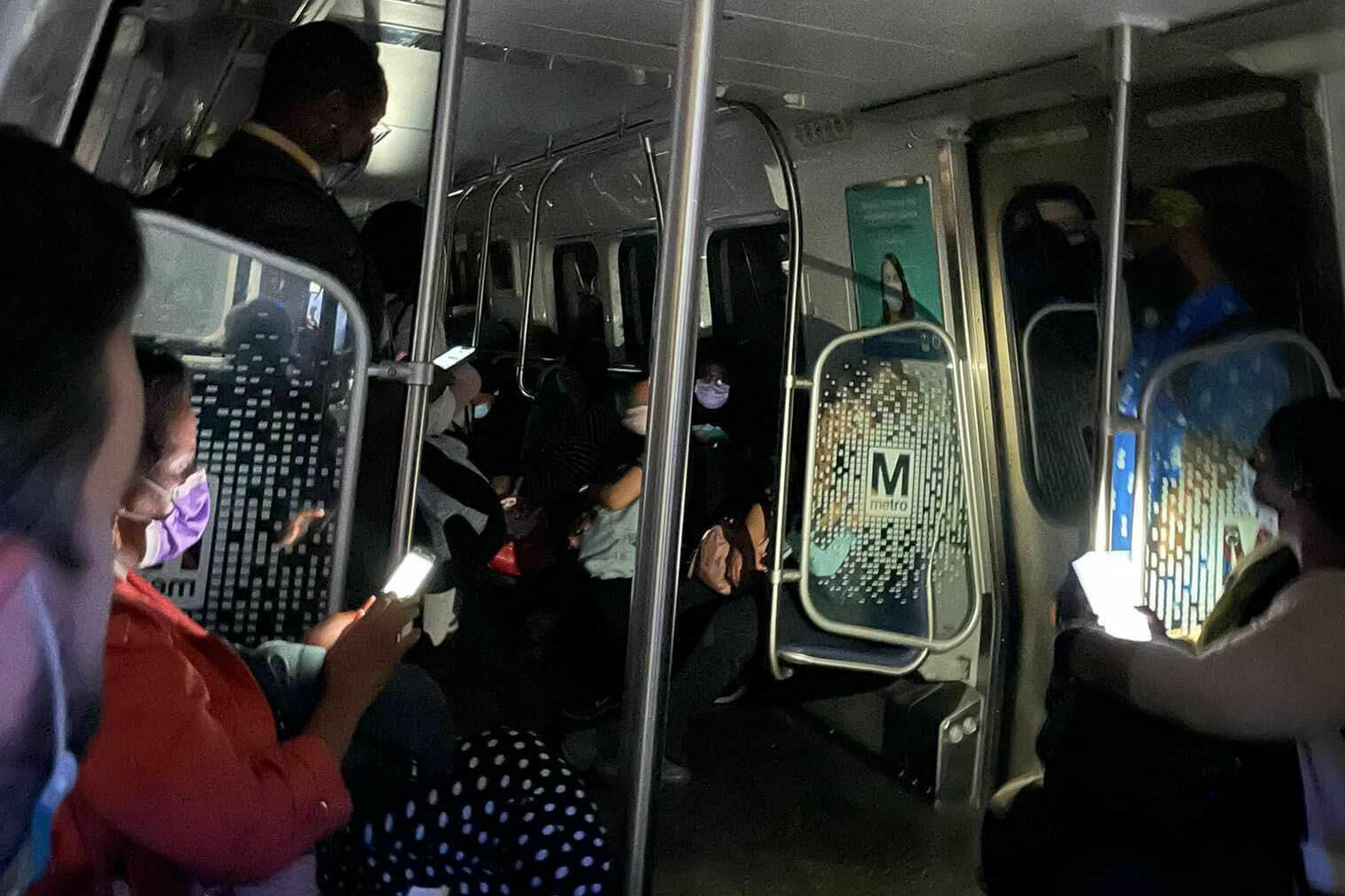 4/10
4/10
Derailed
It started with a bump on the tracks — Train 407 went off the rails in a tunnel between Rosslyn and Arlington National Cemetery on the afternoon of Oct. 12, temporarily stranding a few hundred passengers and bringing the Blue Line to a standstill.
After a few inconvenient hours, passengers had been evacuated through a dark tunnel and trains were moving again across the system.
But that was only the beginning.
A few days later, the Washington Metrorail Safety Commission ordered more than half of Metro’s fleet — all of its shiny new 7000 Series Kawasaki rail cars — out of service. Meanwhile, a preliminary investigation carried out by the National Transportation Safety Board revealed the cause of the derailment to be a defect that caused the wheels on a 7000 Series railcar to shift too far apart on their axles. Perhaps most startling, investigators said a round of emergency inspections initiated after the derailment turned up nearly two dozen other rail cars with the same problem — and indications Metro knew of the problem with the new rail cars’ shifting wheels since 2017.
“This could have resulted in a catastrophic event,” NTSB Chair Jennifer Homendy told reporters, and the agency later issued a safety alert to subway systems and commuter railroads across the country urging them to inspect their fleets for misaligned wheels.
As for when service is expected to return to normal on the D.C. system? Earlier this month, the safety commission signed off on a plan for a stepped-up series of inspections that will allow Metro to begin gradually restoring some of the sidelined 7000 Series cars to service by the end of the year.
After several years of problems, Metro unveiled a new slogan, “Back 2 Good.” Now, the goal seems to be to get things back on track.
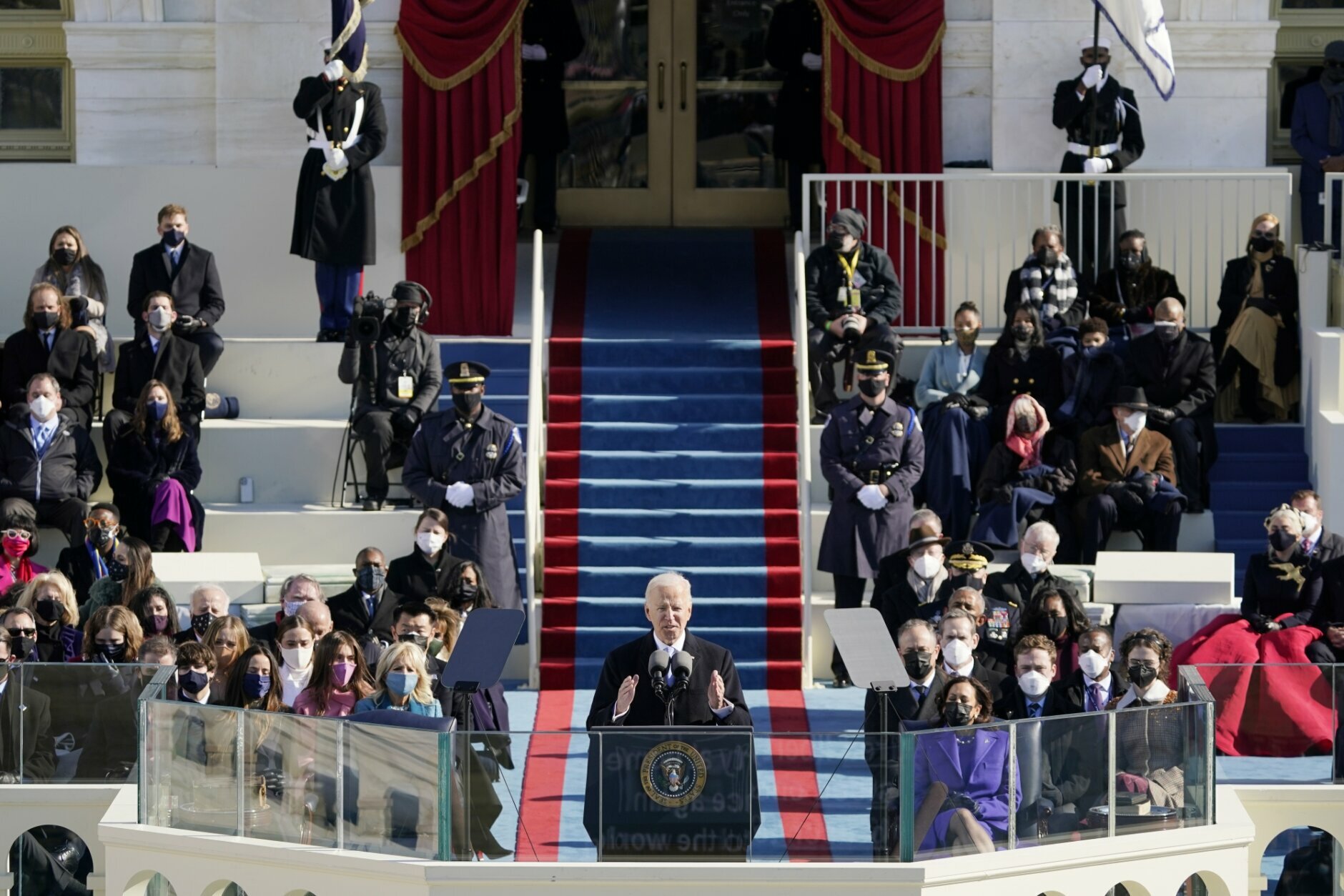 5/10
5/10
Inauguration 2021
A time-honored tradition, a presidential inauguration is always a big deal in D.C. This year, it was unprecedented.
President Joe Biden took the oath of office from the steps of the Capitol — the same steps overrun by a mob of supporters of Donald Trump seeking to stop the certifying of electoral count votes exactly two weeks before.
Heavy security is a given at any inauguration. But in the wake of the violence at the Capitol, officials ordered up a massive security presence — fencing off nearly the entirety of the National Mall; dispatching thousands of National Guard troops to patrol D.C. streets, guarding a “hardened perimeter” around downtown D.C.; shuttering more than a dozen Metro stations; and, most dramatically, closing off nearly all the major bridges crossing the Potomac from Virginia into D.C.
Even before the storming of the Capitol, the inauguration was shaping up to look different. Social distancing guidelines led to a vastly reduced guest list and a virtual parade replaced most of the traditional jaunt down Pennsylvania Avenue.
In D.C., most seemed to heed the calls of officials to stay home and watch the ceremonies on TV. The streets were eerily quiet and the day turned out to be likely one of the quietest inaugurations in recent memory.
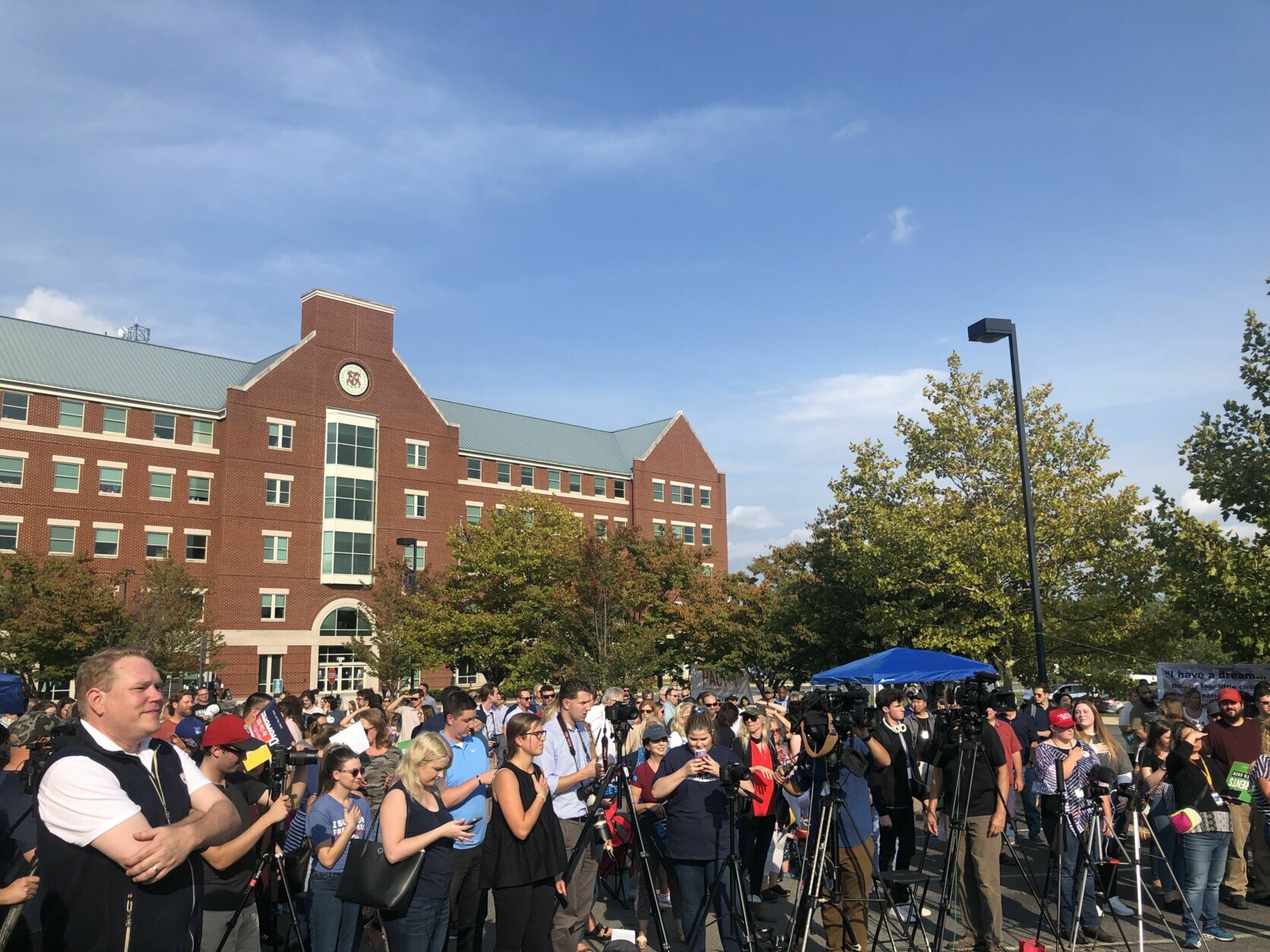 6/10
6/10
School board flashpoints
Schools boards across the region — and around the country — became political flashpoints in 2021.
Taking center stage was the school board in Loudoun County, Virginia, where members rolled out a controversial policy relating to transgender students which resulted in noisy board meetings and a lawsuit filed by teachers after one elementary teacher said during a public board meeting that he wouldn’t follow the policy on preferred pronouns.
Concerns were also raised about how school officials, including the board, responded to a sexual assault by a 15-year-old student in a school bathroom in May, which wasn’t publicized to the school community until after the same 15-year-old was charged with a sexual assault at another high school months later.
Other parents protested the school system’s focus on racial equity education.
All told, there were calls for board members and school officials to resign, attempts to recall board members.
Not everyone kept their criticism civil.
The Loudoun County school system said in April it received dozens of violent threats phoned to the school system day — up to 100 sometimes — after school board meetings on controversial topics. Some were crude and childish; others had to be reported to the sheriff’s office, the school system said.
It was a problem across the country, with school boards across the U.S. seeing a spike in threats. Attorney General Merrick Garland directed federal authorities to address the rise in threats targeting school board members and school employees.
In neighboring Fairfax County, meanwhile, debate centered on books featuring LGBT characters in school libraries that some parents assailed as pornographic consumed several meetings. The school system initially pulled two books to review them, but later announced they would return them to shelves after a review panel found they had literary merit and were not obscene.
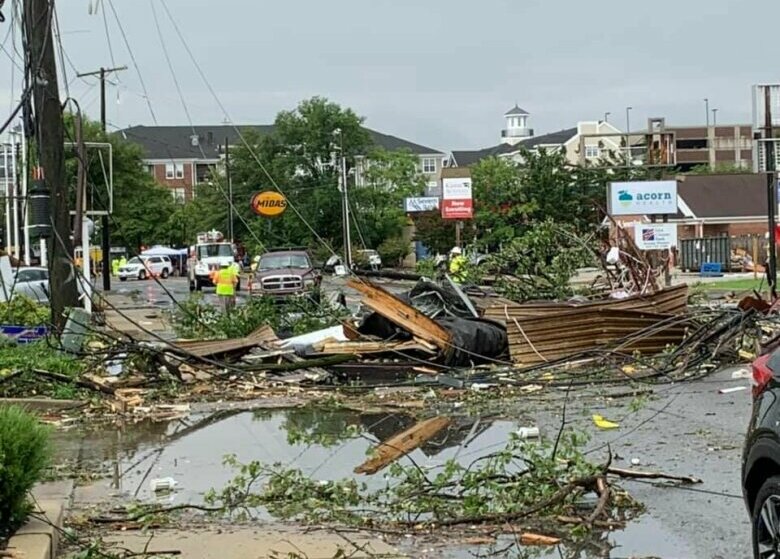 7/10
7/10
Wicked weather
When the storm system carrying remnants of Hurricane Ida battered the D.C. region in Sept., it brought with it one of the strongest tornadoes to hit Maryland in the past 10 years and dangerous flash flooding that led to tragedy for one local family.
The twister that ripped through Annapolis was likened to “The Wizard of Oz.” According to the National Weather Service, it was a EF2 with winds peaking at 125 mph, ripping tree trunks from the ground and the roofs off buildings. Only four other tornadoes have been as strong or stronger than that, in the past 10 years, according to the weather service.
The storm caused severe damage to some buildings, downed trees and trapped some people in buildings, but no one was injured.
Earlier that same day, much of the region was deluged with torrential downpours.
In Rockville, Maryland, rapidly rising floodwaters trapped sleeping residents in basement-level apartments, leading to dramatic early-morning water rescues. In some of the ground-level terrace apartments, the water had risen to the ceilings.
About 150 people were displaced from the inundated apartment building and in the waters, first responders found the body of 19-year-old Melkin Daniel Cedillo.
“I could have never imagine this; he was just by my side,” the man’s grief-stricken mother, Daisy, told Telemundo Washington. “My God, this pain is too much for me. ”
Some county officials said it was the worst flooding they’d ever seen.
“It’s really a scene that you would have expected to see in hurricane country,” County Executive Marc Elrich said.
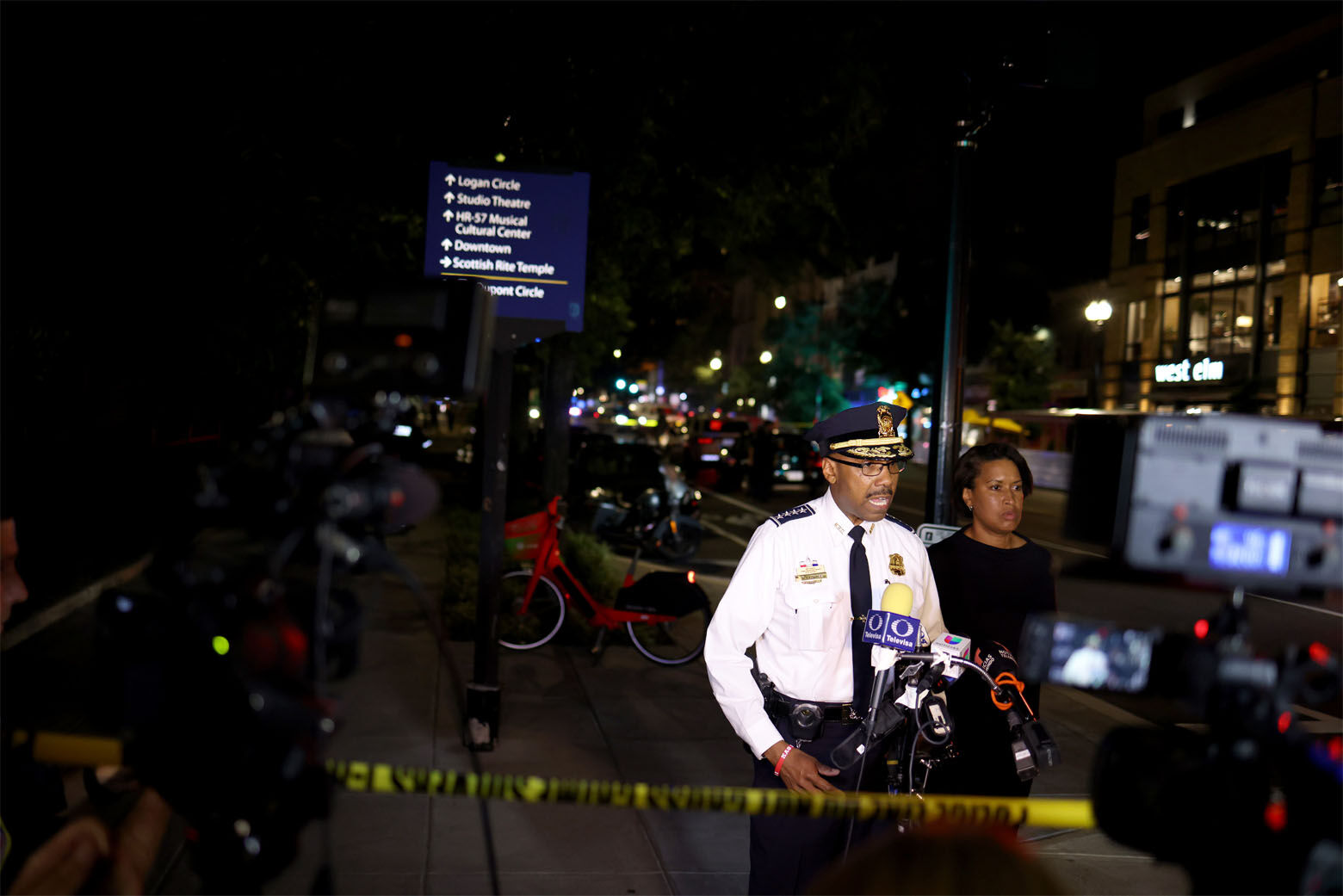 8/10
8/10
Rising crime
Amid a rise in crime across the country, D.C. marked a grim milestone in 2021: More than 200 killings in a year — the highest number in nearly 20 years.
Across nearly every category — murders, assaults, carjackings — the numbers were up, and not just in D.C.
In Montgomery County, homicides were up nearly 30% and carjackings surged more than 126%.
“Significantly in my 36-year career, I have never seen the amount of guns and gun activity that is currently on our streets here in Montgomery County, here in the year 2021,” Police Chief Marcus Jones told county lawmakers near the end of the year.
But the lives lost were far more than statistics — and some of the most tragic losses were in the youngest lives cut short.
Nyiah Courtney, 6, who dreamed of being a dancer and a firefighter, was killed in a hail of bullets July 16 as she rode her scooter in front of a carryout in Southeast D.C.
PJ Evans, 8, whose passion was football, was playing video games at a family member’s house on a family Taco Tuesday night when he was killed by a stray bullet from a shooting in a nearby parking lot flew through the window of an apartment in Landover, Maryland.
Prince George’s County was on pace to end the year with a number of killings not seen since 2008.
Officials responded to the rise with plans increases in funding to hire more police officers and expanding “violence interrupter” programs to attack the root causes of violence.
At the scene of a shooting along 14th Street that sent outdoor diners ducking for cover and made national news over the summer, an impassioned D.C. Police Chief Robert Contee pleaded for change.
“I’ve been in this city for 30 years. This is the same movie when I was a boy growing up here,” he said, referring to the days when D.C. was known as the “murder capital” of the U.S. “When are we going to do something different?”
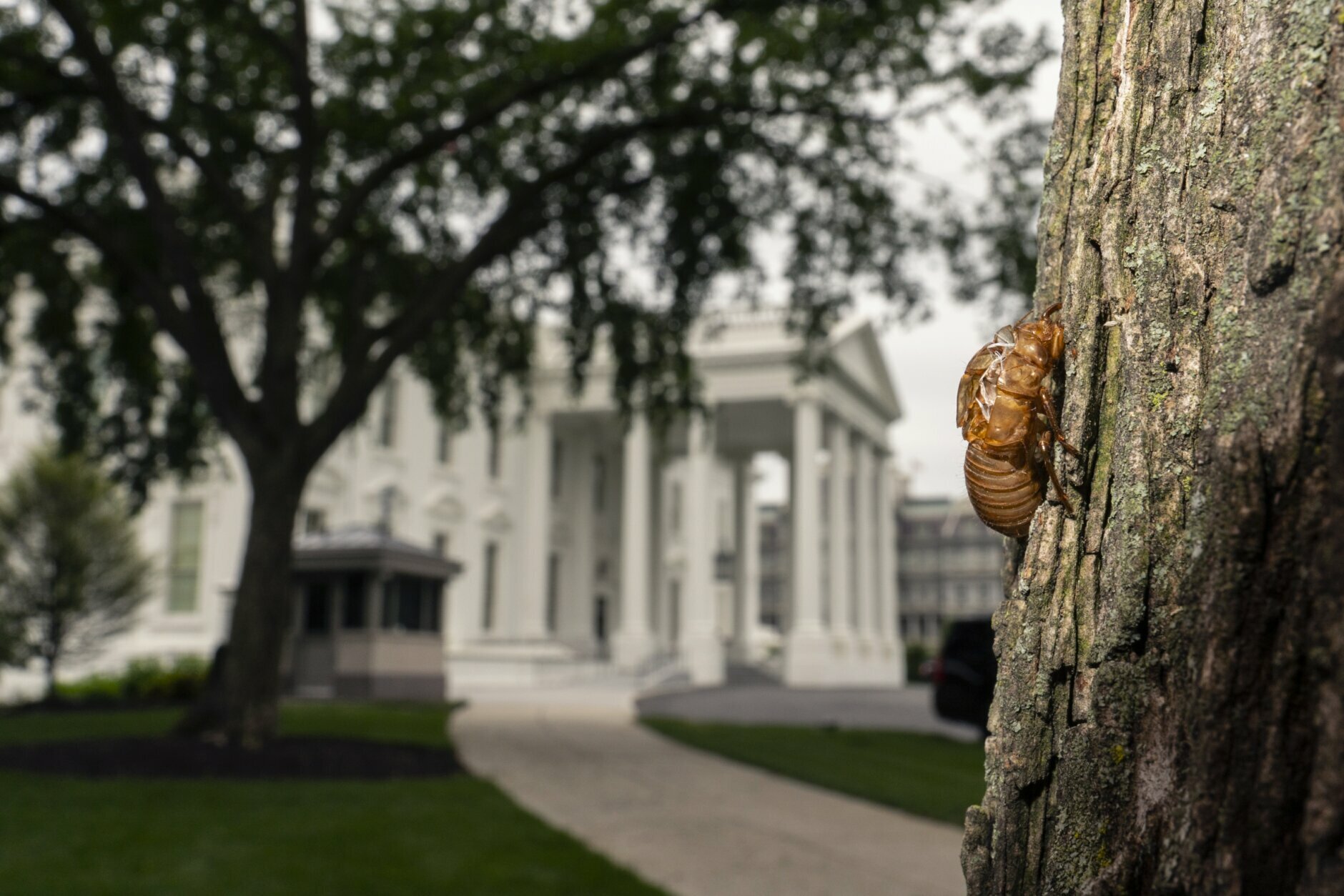 9/10
9/10
Cicadas!
When the Brood X cicadas emerged from their 17-year slumber this spring, they filled trees, backyards, sidewalks — they were so thick at times they showed up on weather radar.
They popped up on President Joe Biden’s lapel and overran a chartered press plane carrying reporters to a trip to the United Kingdom during Biden’s first overseas trip.
And they even showed up on the menu of an Arlington ice cream parlor (in a manner of speaking), where the bug-eyed sundaes helped double the shop’s sales.
Entomologists estimated more than a trillion Brood X cicadas were in circulation this summer.
They put up quite a racket and left plenty of messy bits behind, but the good news is: We won’t have to worry about the Brood X cicadas again until 2038.
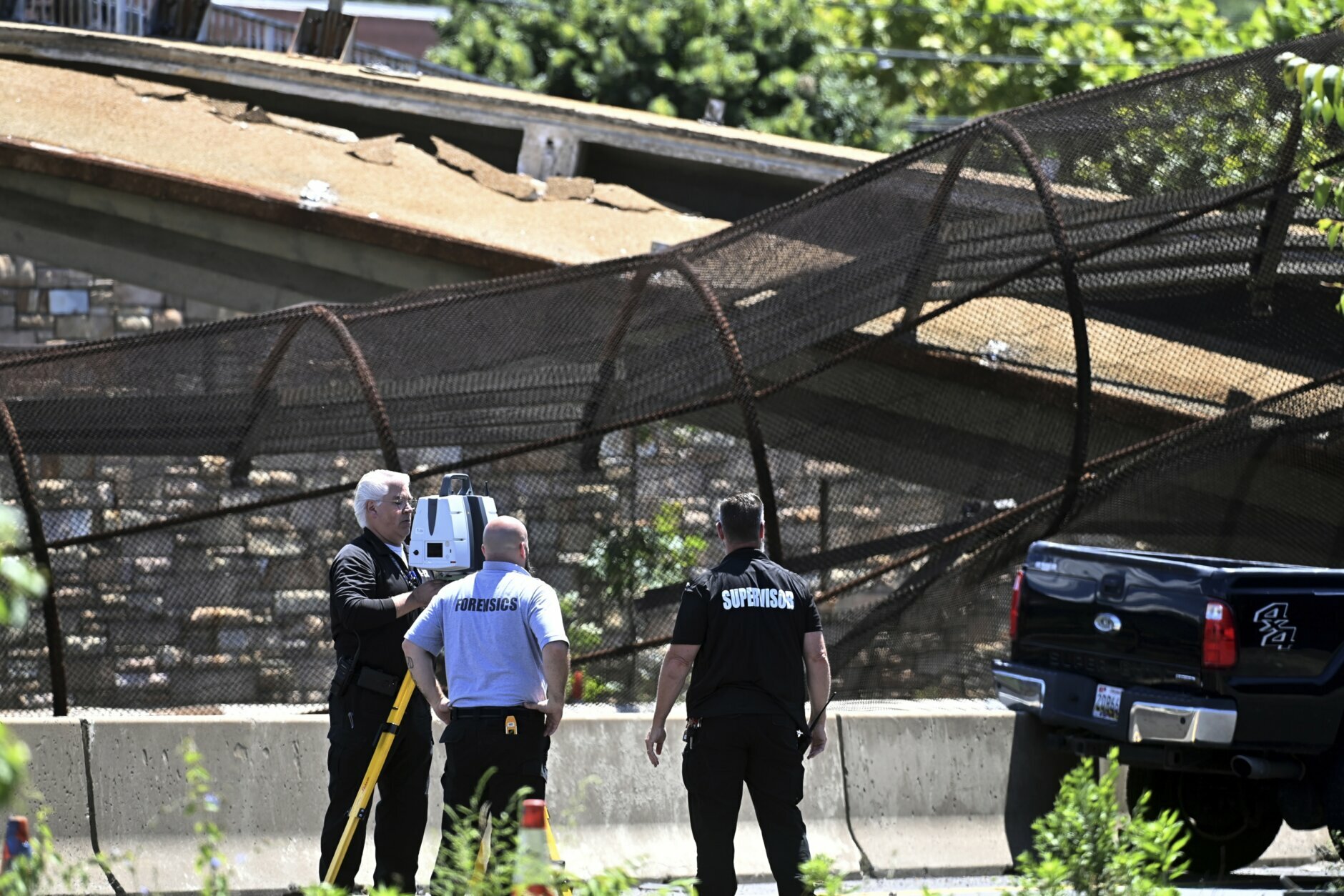 10/10
10/10
Bridge collapse
Call it the Miracle on 295.
An aging concrete pedestrian bridge over D.C. 295 — one of the busiest commuter routes into the District — was struck by an Mack truck and collapsed in June — and no one was seriously injured.
The collapsed bridge — known as Lane Bridge — rained large pieces of concrete onto cars; another car was struck by a toppled highway sign.
While four people in the cars below were sent to the hospital, officials said no one suffered serious injuries. And, luckily, no one was walking on the bridge at the time it collapsed.
While crews worked in record time to sweep up the debris, and the road was reopened by the next rush hour, the path to rebuilding will take a lot longer.
The immediate cause of the collapse was being struck by the truck, whose driver had apparently left the subframe up, making the truck taller than the 14 and 1/2 foot clearance.
But officials at first provided conflicting information about the bridge’s condition. Initially, they reported the bridge, built in 1956, as being in “fair” condition, before later saying inspectors had rated it as being “poor” condition.
At the time, five other bridges in D.C. were similarly rated in poor condition, but officials insisted they were safe for daily use and that they were prioritizing repairs.
There was some early talk that the bridge might not be replaced. But plans for the redesigned bridge unveiled in December included a number of safety improvements, including 3 and 1/2 feet of extra clearance from the vehicles passing underneath.
MORE YEAR-END STORIES
- The year in pictures: 2021’s noteworthy local news photos
- COVID, crime and cicadas: A look back at some of the most notable DC-area news stories of 2021
- 2021 Pets of the Week: Where are they now?
- What the DC area read in 2021
- WTOP Film Critic Jason Fraley’s favorite movies of 2021
- DC Sports Huddle Special: Best sports stories of 2021
- A look back: WTOP Sports team’s top sports stories of 2021








